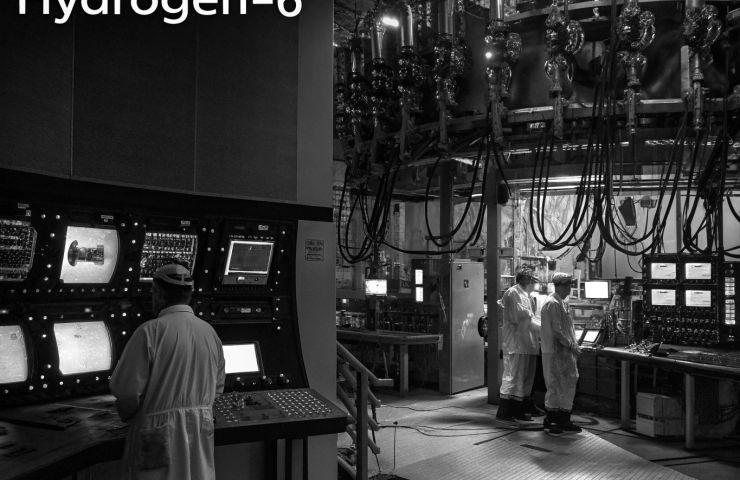
Hydrogen-6 Breakthrough at MAMI Accelerator Rewrites Nuclear Research Boundaries
May 6, 2025Scientists at the Mainz Microtron (MAMI) in Germany have pulled off something pretty incredible — they’ve managed to create hydrogen-6, an extremely rare and neutron-heavy version of hydrogen that’s never been seen before. To make it happen, they fired up a 1.6 GeV electron beam and slammed it into a lithium-6 target. Sounds like sci-fi, but it’s a real breakthrough that’s shaking up what we know about nuclear physics.
A Fleeting, One-in-a-Trillion Discovery
Using next-level magnetic spectrometers to detect the elusive hydrogen-6 atoms, the team found that these particles barely stick around — they vanish in a flash, lasting just about 3×10⁻²² seconds. That’s faster than you can blink, by a long shot. And as if that weren’t rare enough, they only pop up once in a trillion-trillion particle collisions. So yeah, spotting one is like winning the atomic lottery.
No Practical Use — But Big Scientific Impact
Now, before you get too excited — this isotope isn’t about to power your car or lead to some fancy new tech just yet. But even though hydrogen-6 won’t be hitting the commercial market anytime soon, it’s a big deal in the world of scientific research. It offers new insights into how neutrons interact in extreme conditions — think deep inside neutron stars or the early universe. That means better models and theories shaping how we understand matter on a fundamental level.
A Legacy Lab with a Future-Focused Mission
The experiment was carried out in early 2025 by researchers from Johannes Gutenberg University Mainz, GSI Darmstadt, and the Helmholtz Institute Mainz, and the results were published in March 2025. The lab that made it all possible — MAMI — has been around since the 1970s, but recent upgrades gave it the boost it needed to detect something this fleeting and small.
And while this particular discovery isn’t tied directly to hydrogen production or clean energy just yet, it does fire up the momentum in areas like nuclear structure research, which could eventually influence new clean energy research methodologies. So, even if you can’t plug it into a power grid, this tiny isotope may have a big role to play in the future of energy and our understanding of the cosmos.



 With over 15 years of reporting hydrogen news, we are your premier source for the latest updates and insights in hydrogen and renewable energy.
With over 15 years of reporting hydrogen news, we are your premier source for the latest updates and insights in hydrogen and renewable energy.